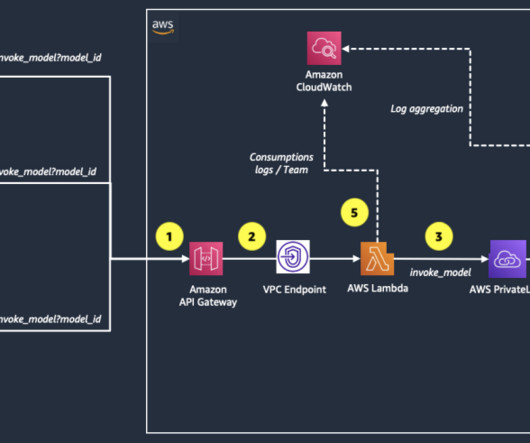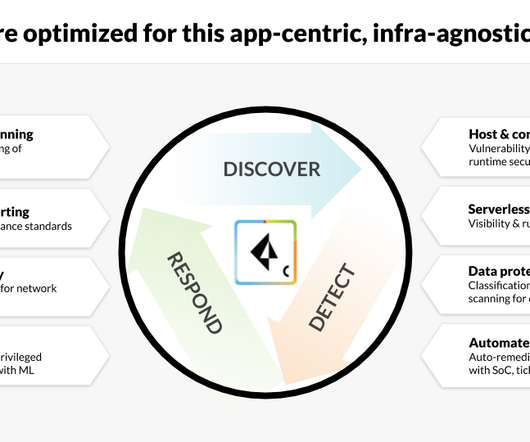IBM and AWS Partnership Accelerates Cloud Modernization
CIO
OCTOBER 13, 2022
What they are less decisive about is how to map the right cloud modernization journey, one that is efficient and secure while delivering business agility and competitive advantage. When refactoring applications, it’s critical to decompose a monolith application into microservices that can fetch data for different business transaction.




























Let's personalize your content